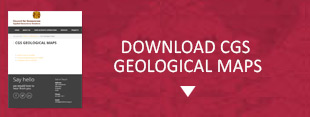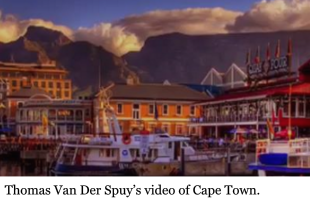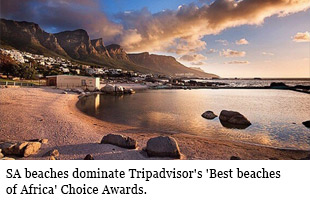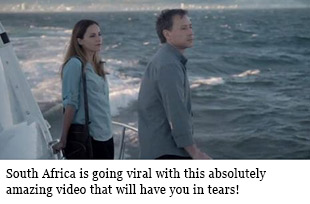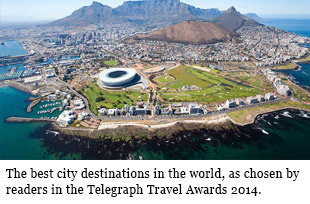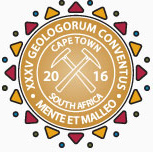
35TH INTERNATIONAL GEOLOGICAL CONGRESS
27 AUGUST - 4 SEPTEMBER 2016 | CAPE TOWN, SOUTH AFRICA
Sponsors



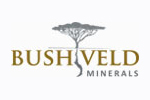


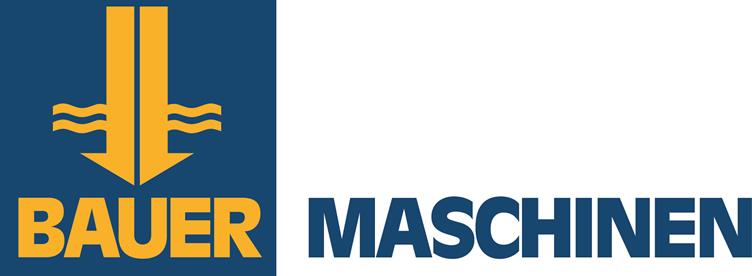










35 IGC SAGPGF





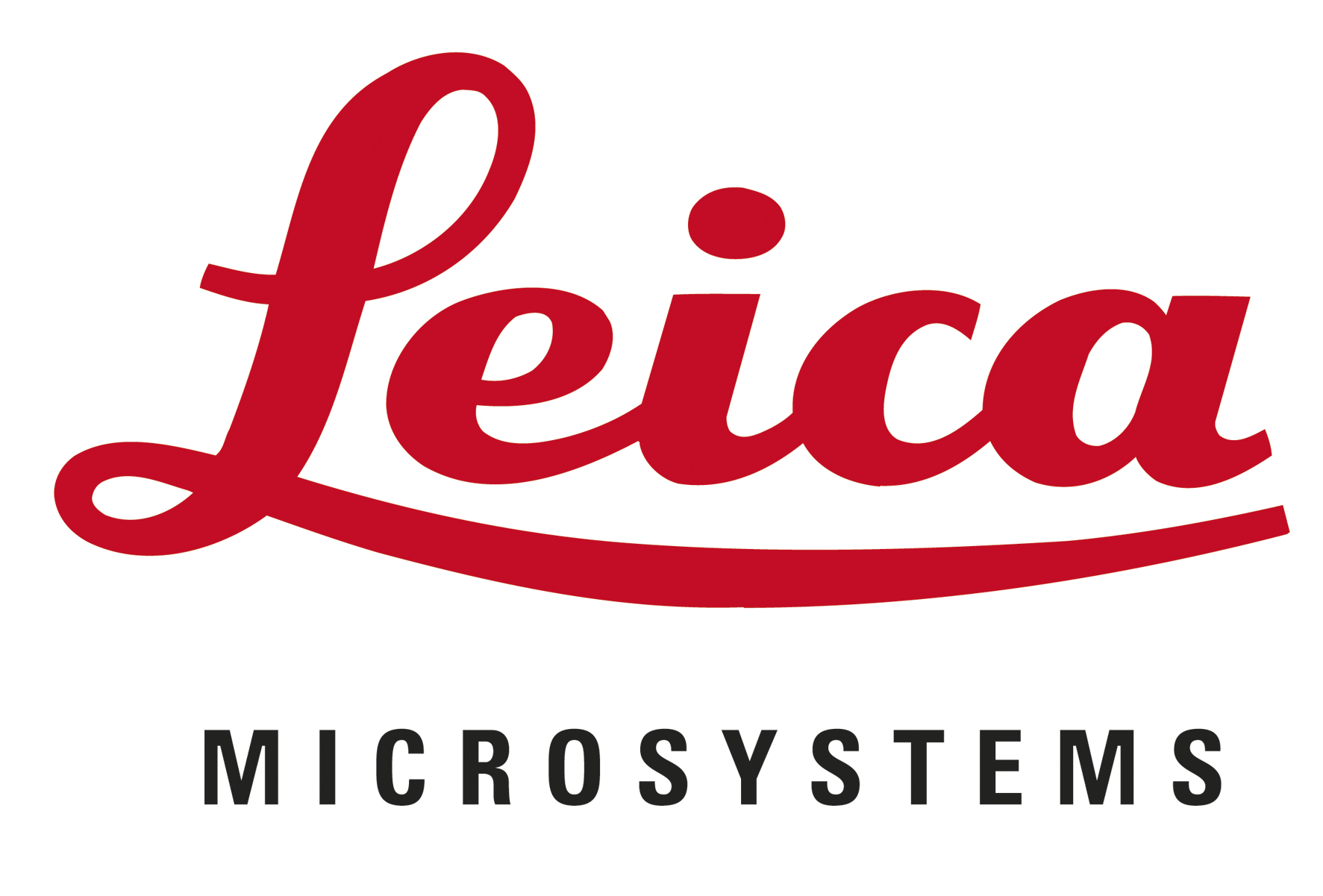
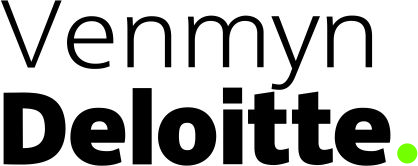
35TH INTERNATIONAL GEOLOGICAL CONGRESS
27 AUGUST - 4 SEPTEMBER 2016 | CAPE TOWN, SOUTH AFRICA
My IGC
Post 11 Southern Cape Geology: Evolution of a rifted margin
Field Trip Post 11: Southern Cape Geology: Evolution of a rifted margin was led by Jean Malan (a previous employee at the Council - currently in the hydrocarbon industry) and myself to examine the tectono-sedimentary history of the on-land equivalents of the offshore hydrocarbon producing units. The excursion traverses several of these Mesozoic Uitenhage Group basins, which constitute a discontinuous east/west line of half grabens of some 400 km along the Worcester/Pletmos basin bounding line, with basin fill of continental to transitional sediments, equivalent to the offshore Early Cretaceous/Jurassic syn-rift sequence. Regular stops were also made to examine the sedimentary geology and tectonic setting of the basement rocks of the Palaeozoic Cape Supergroup, and cover rocks of the Cenozoic Bredasdorp Group (Figure 1).
The first day of the excursion followed the Southern Cape coastline from Cape Town past Gordon’s Bay and Cape Hangklip to Betty’s Bay, and included a visit to the African Penguin colony. At Hermanus we tried to spot some whales and from there to The Kelders, via the Strandveld wine area to Cape Agulhas, the southernmost tip of African. We overnight at the coastal village of Arniston. On route we looked at the Ordovician to Silurian Table Mountain Group rocks, the Mesozoic Uitenhage Group outcrops and we examined the overlying Cenozoic cover.
The morning of the second day focused on Cenozoic coastal outcrops and the proximal facies of the offshore oil and gas Mesozoic sediments to be seen in the De Hoop Nature Reserve where the Cape Fynbos vegetation also gave us spectacular views. We travelled inland and eastwards crossing the Breede River by pontoon, past Heidelberg, Riversdale and Herbertsdale, stopping at Mesozoic Uitenhage Group outcrops (Heidelberg and Mossel Bay Basins), on to our overnight stop at Gondwana game reserve near Mossel Bay.
An early morning big five game drive started day three after which we travelled to Mossel Bay to view the coastal outcrops at Cape St Blaize, the contact and relationship between the steeply dipping Table Mountain Group and undeformed overlying Jurassic Robberg Formation . We visited a middle Stone Age site and continued our route eastwards to Wildernis, our easterly turn around point. From there it was back to George and turning inland we crossed the Outeniqua Pass into the Little Karroo to the land-locked, fault-controlled, Mesozoic Oudtshoorn Basin. We overnight just outside the Ostrich Capital of the world, Oudtshoorn.
On day four we had several opportunities to examine the tectono-sedimentary history and sediments of the interior Oudtshoorn Basin and views of the spectacular landscape of red coloured hills formed by the younger conglomeratic facies. After a visit to an Ostrich farm we travel west along Route 62 through South Africa’s port producing area, with stops in Huisrivier Pass and Seweweekspoort where we saw spectacular views through the Cape Fold Belt. We overnight at the Montagu Springs resort.
The last day of the excursion took us to the Koo Valley from where we did a tractor trailer drive and some 600 m ascent up to a high mountain point from were panoramic views of the Western Cape stratigraphy are visible. It also overlooks the wine and fruit producing area of Robertson situated some 1,000m below it. Lunch was a traditional South African potjiekos before our return journey to Cape Town, with a last stop at the top of Du Toitskloof Pass.
Our tour group of 20 consists of participants from all the continents (except Antarctica) and they varied from non-geologists to engineering and environmental geologists to real hard rock Greenland and Australian geologists (Figure 2).
Jurie Viljoen
 Field trips
Field trips  Sponsorship & expo
Sponsorship & expo  Registration
Registration Tours
Tours  Promotion
Promotion 

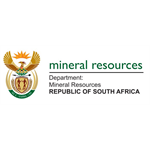












 Conference Programme
Conference Programme  Field trips
Field trips  Sponsorship & expo
Sponsorship & expo  Volunteer
Volunteer  GeoHost
GeoHost  Registration
Registration Tours
Tours  Promotion
Promotion  Publications
Publications


